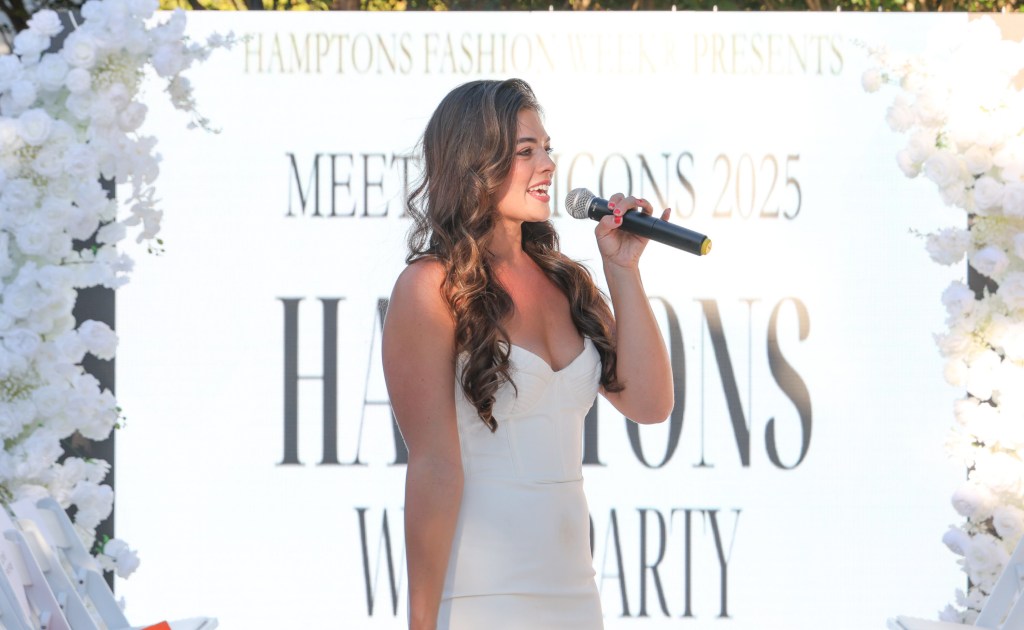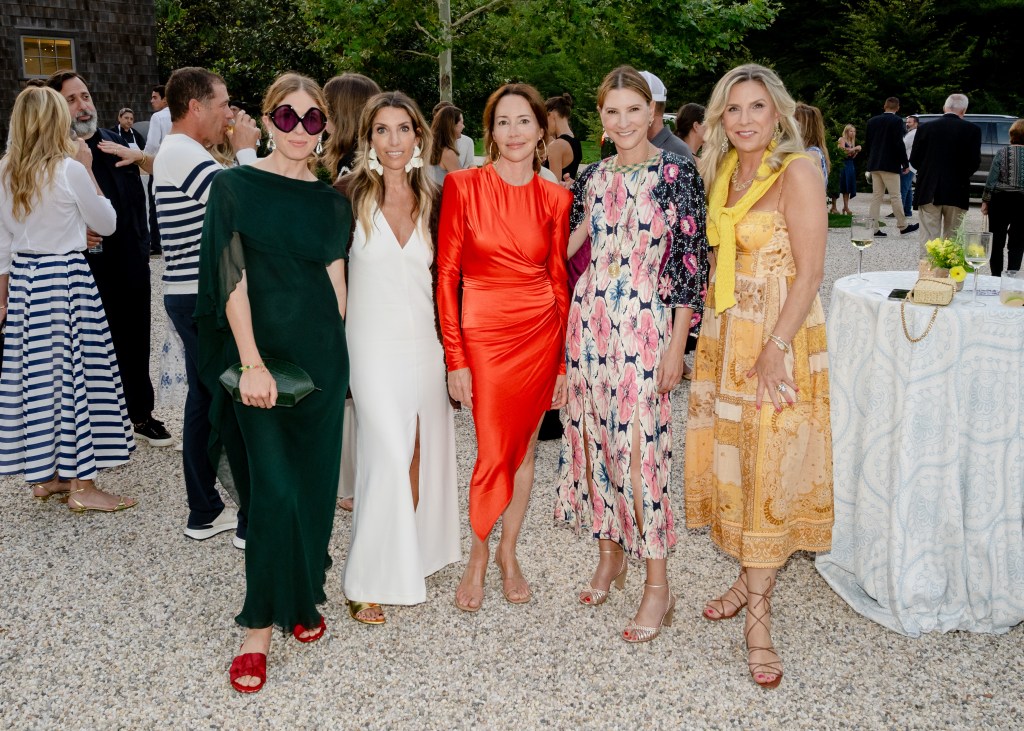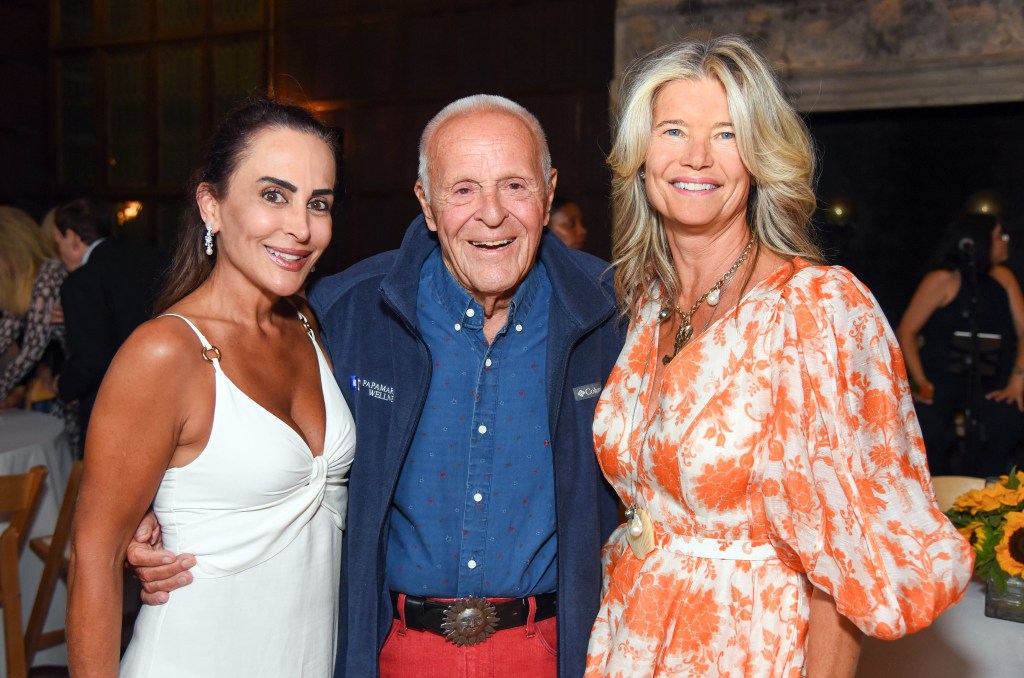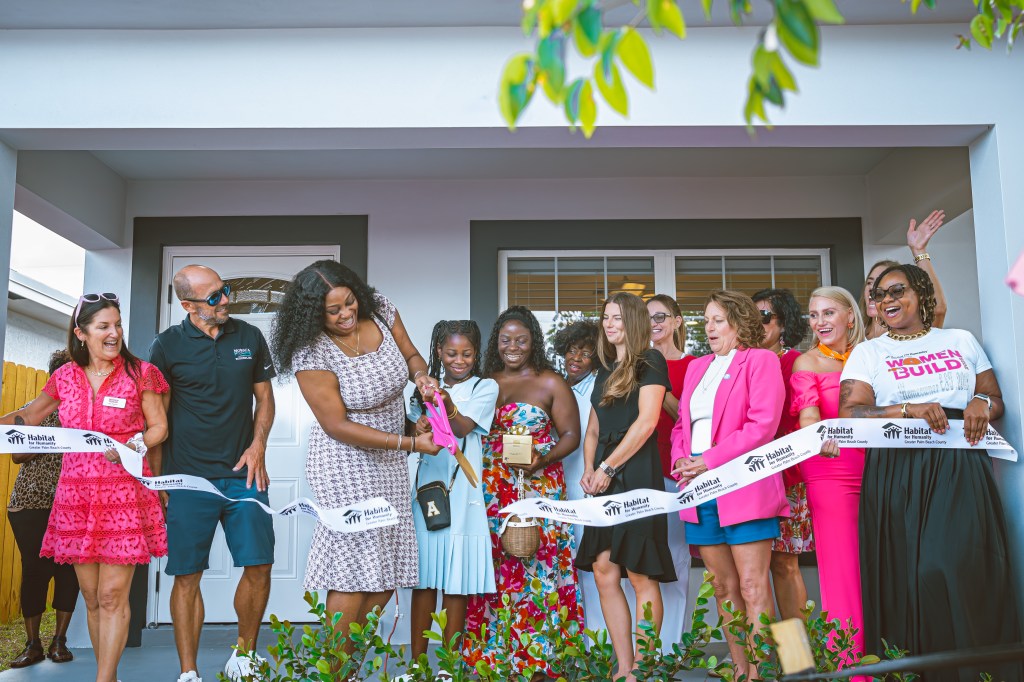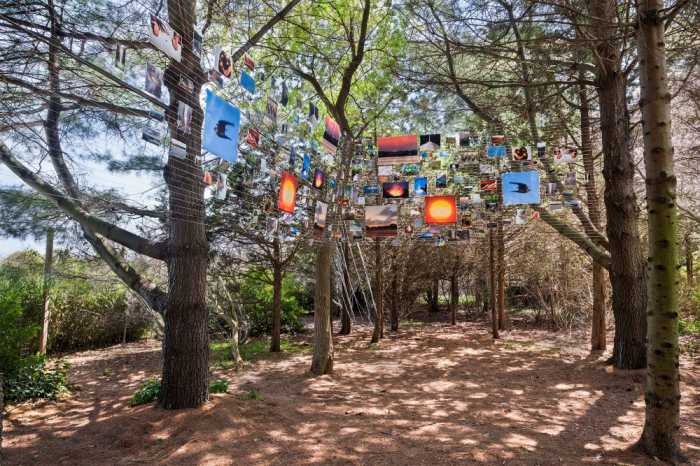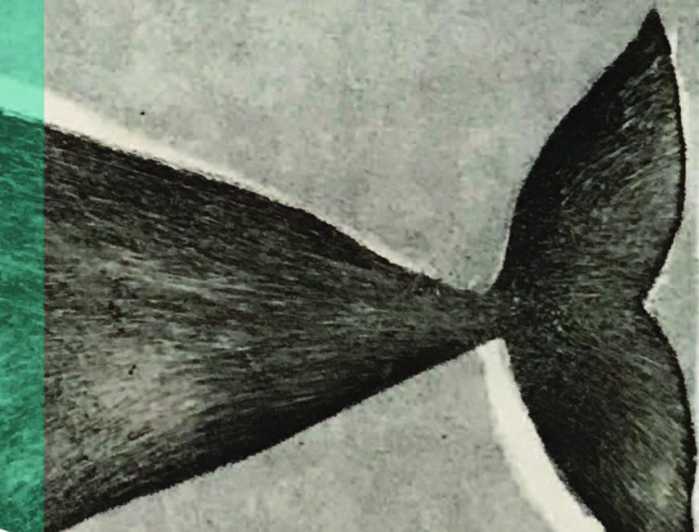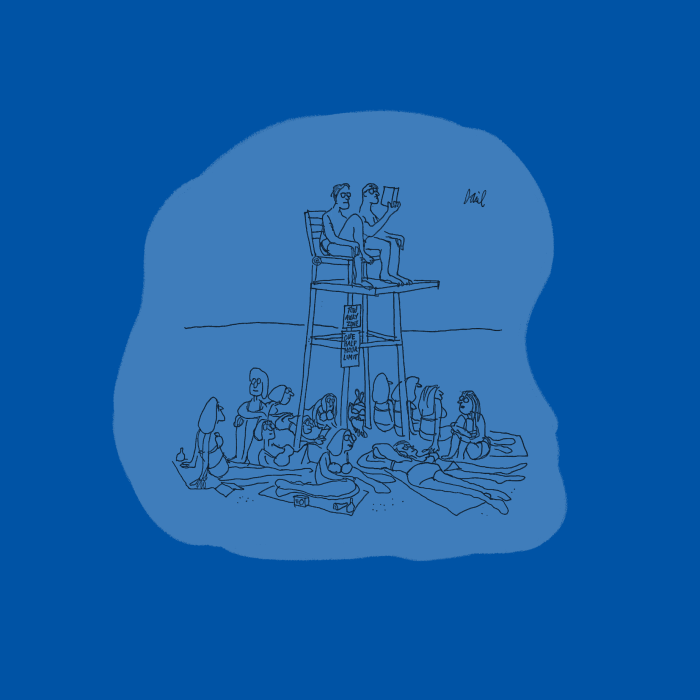Lucian Truscott IV Continues His Mission
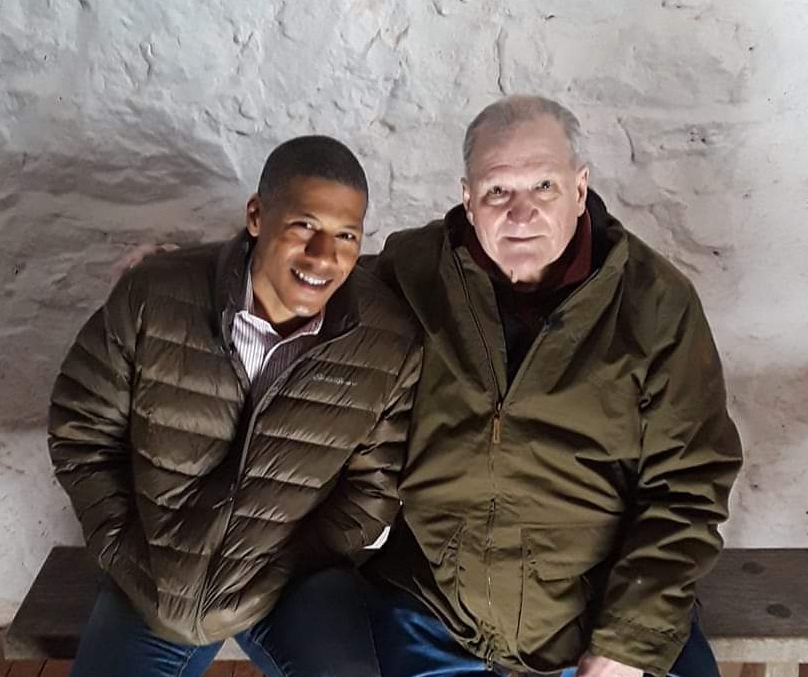
Lucian K. Truscott IV — best-selling author and journalist — is sitting in the living room of his Sag Harbor home, which was built in the early 1700s, more than 30 years before the birth of his great-great-great-great-grandfather, Thomas Jefferson. Truscott is admittedly exhausted; he’s just returned from Jefferson’s Virginia residence, Monticello, where a new exhibit focused on Sally Hemings, Jefferson’s slave and mother to six of his children, has opened to the public.
Truscott attended the event with his cousin, Shannon Lanier, also a direct descendant of Jefferson. The difference, at least on the surface, is that Truscott is white, and Lanier is black.
Truscott has spent the last 20-some years as a tireless crusader on behalf of the Jefferson-Hemings offspring, first to have them recognized by Monticello as even existing, and then to get them the same rights afforded to the white descendants recognized by the Monticello Association, of which Truscott is a member.
Truscott appeared with Lanier on “CBS This Morning” on Valentine’s Day in a six-minute segment which followed the cousins around Monticello and into the graveyard, which is run by the Monticello Association, and where — as of now — the descendants of Jefferson and Hemings cannot be buried.
“My fifth great-grandmother is Martha Jefferson,” Truscott wrote on Salon.com. “Shannon’s fifth great-grandmother is Sally Hemings. We talk all the time about the ‘founding fathers’ of this nation, the men who signed the Declaration of Independence, who attended the Constitutional Convention. This nation had founding mothers, as well. One of our founding mothers was a slave, Sally Hemings.”
Jefferson, over the course of his lifetime, owned over 600 people. “Slaves got Thomas Jefferson up in the morning,” said Truscott. “They fixed his breakfast and laid out his clothes for him to get dressed. They arranged his pens and paper on his writing desk. In fact, if Thomas Jefferson had not owned slaves, he probably wouldn’t have had the time to write the Declaration of Independence, in which he famously declared that ‘all men are created equal.’”
It wasn’t until DNA testing became readily available in the late ’90s that the oral history that had been passed down by Sally Hemings’s children and grandchildren became generally accepted. “But a lot of people still don’t know about it,” Truscott mused. “Even while we were there, at Monticello, there was a man visiting from Iowa, I think, who still didn’t know about it.”
Truscott appeared on “The Oprah Winfrey Show” in 1998, where he had the opportunity to meet and embrace his African-American cousins. “I was raised to believe that everyone was created equal,” he said. “My parents weren’t racist. I’m not a racist.” He showed up at Monticello that year, at the annual event for Jefferson’s descendants, with about 50 new cousins in tow, all people of color. The reception he received, except from his own siblings, was chilly. “Once the evidence appeared that, yes, Thomas Jefferson had fathered these children with Sally, there were no apologies forthcoming. There was no acceptance,” he said. “It just wasn’t talked about.” Truscott was even referred to as a “race traitor” by some of his own white relatives.
And still, according to Truscott, the Monticello Association won’t talk about it. But Monticello itself, which is run by a different non-profit organization, the Thomas Jefferson Foundation, has taken up the banner of accepting and disseminating the facts. “Every inch of Monticello was built by slaves,” Truscott said. “Until 20 years ago, if you took the tour, you would have thought Jefferson built the place with his own two hands. The fact that Jefferson owned slaves at all was just not discussed. Now the guides will tell you, ‘That archway was built by John Hemings.’ They talk about the slaves almost as much as they talk about Jefferson. They’ve opened the shack where Sally lived, and are looking for more evidence of the slaves who lived and worked there. I wish the other seats of this country, like the Capitol and the White House, would start doing the same — admitting and owning the fact that these places were all built by slaves.”
“That is the difference between saying that all people are created equal, and believing it and living it.”
Truscott said that he had to fight to take the picture of him and his cousin standing by the obelisk that marks their ancestor’s grave. “That’s our national tragedy, isn’t it?” he said. “That so many years have gone by, and still Thomas Jefferson’s dream has not been realized.”
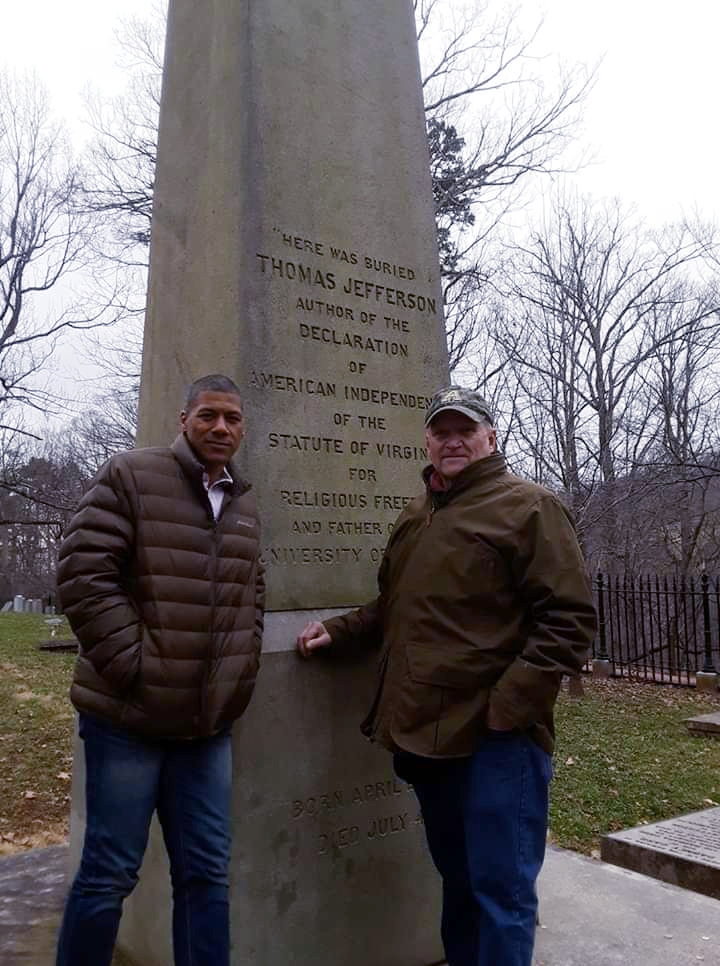
Truscott vows he will continue to fight for the rights of Hemings’s lineage to be recognized and supported by the Monticello Association. Even as he spoke, he received a comment from a woman on his Facebook page, The Rabbit Hole, condemning him for supporting the family tree that came “from the wrong side of the sheets.”
Truscott sighed, used to remarks like that one. “One day, we will win,” he said.
